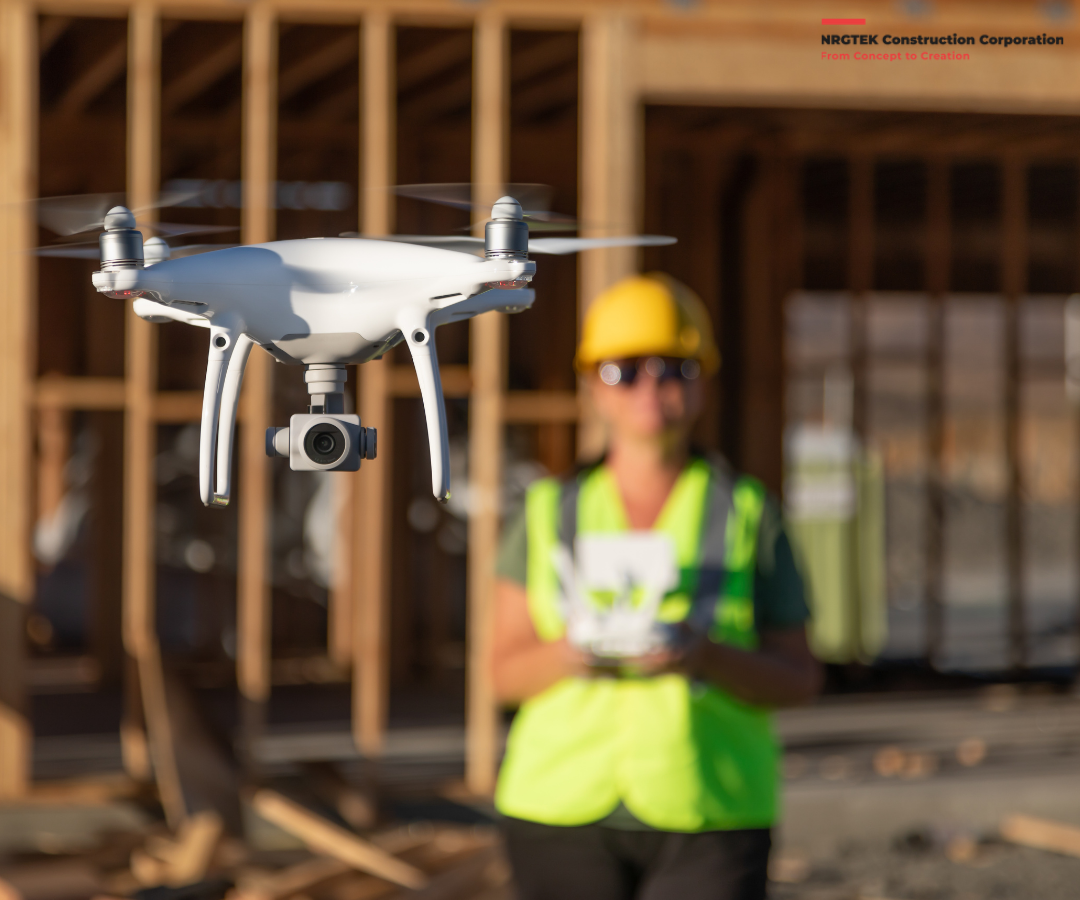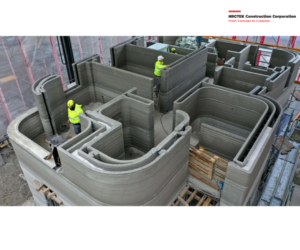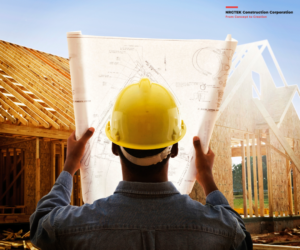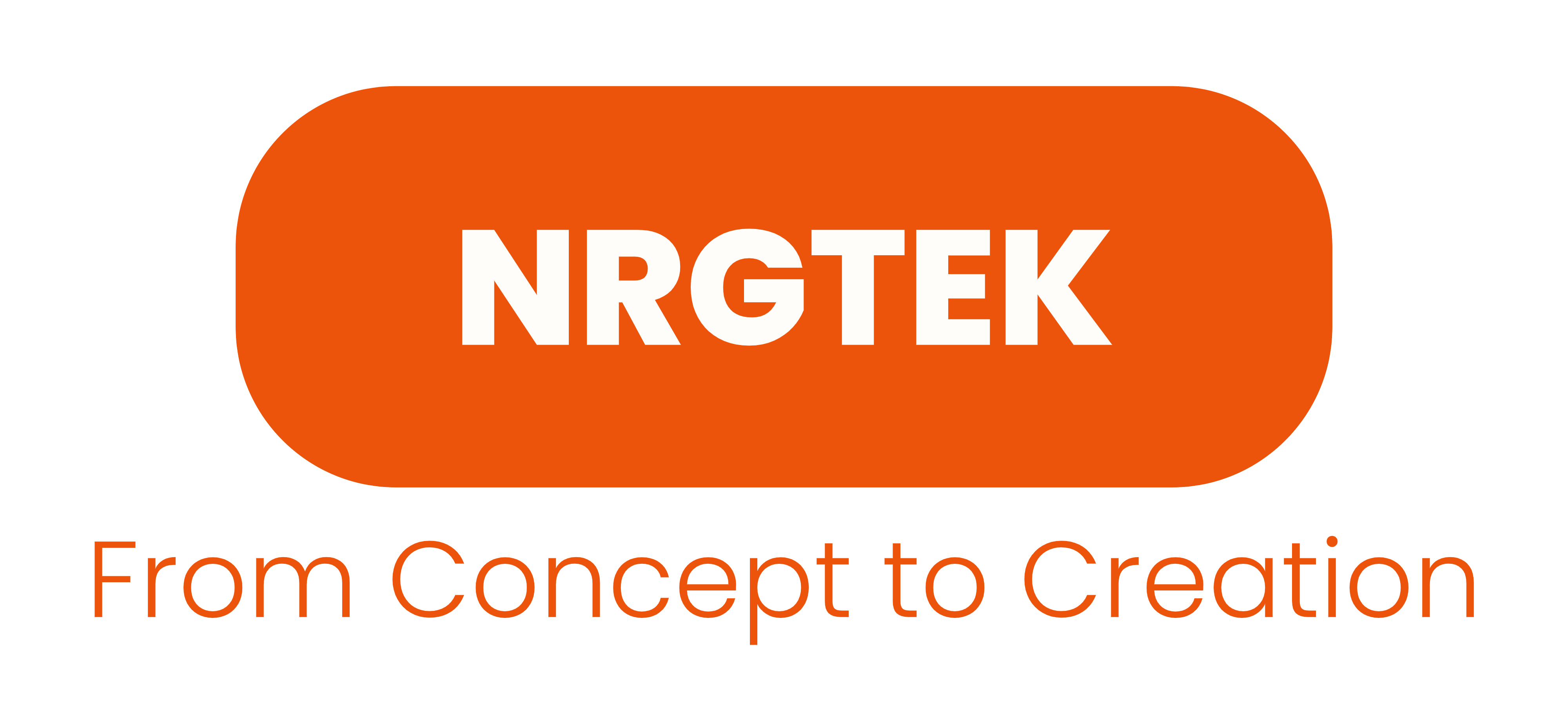
British Columbia’s (BC) construction industry is undergoing a significant transition because to cutting-edge technology that are optimizing workflows, boosting safety, and raising project quality overall. Technologies like drones for site surveys, 3D printing, and AI-driven design tools are becoming essential components of the construction environment as the industry adjusts to the demands of sustainability, efficiency, and cost-effectiveness.
In addition to increasing productivity, these tools are changing the way BC construction businesses handle projects from inception to completion.
We’ll examine more closely at how these technologies are altering the construction landscape in British Columbia in this blog, focusing on how our business is using these developments to maintain its lead in a field that is becoming more and more competitive.
1. Drones for Site Surveys: Improving Accuracy and Efficiency
The way construction companies survey construction sites has been completely transformed by drones. Drones offer a quick, precise, and affordable alternative to traditional surveying techniques in British Columbia, where the province’s varied landscapes and difficult terrain can make the process more difficult.
How Drones are Impacting the Industry:
- Faster Data Collection: Traditional surveys may take days or even weeks to complete, but drones can produce 3D models of construction sites and snap high-resolution aerial photos in a matter of hours.
- Improved Accuracy: Drones with sophisticated sensors provide accuracy and precision, enabling construction workers to spot possible problems early and make necessary corrections before work begins.
- Safety and Risk Reduction: By using drones to reach hazardous or hard-to-reach regions, workers can avoid putting themselves in potentially risky circumstances. Additionally, this enhances worker safety generally.
Our Company’s Use of Drones:
Being at the forefront of drone technology, our organization uses drones in site inspections to produce intricate topographic maps, monitor development, and guarantee that ideas are carried out precisely. In addition to saving time and money, deploying drones reduces human error and guarantees that projects are completed on time.
2. 3D Printing: Revolutionizing Building Materials and Structures
Building materials, parts, and even whole structures are now being produced using 3D printing, which was previously only used for small-scale items. 3D printing is opening up new options for more environmentally friendly building techniques in British Columbia, where sustainability is a top priority.
How 3D Printing is Impacting the Industry:

- Customizable Components: Using 3D printing, complex designs that would be impossible to do with conventional techniques can be created for highly personalized architectural components, such as walls and fixtures. This implies that designers and architects can realize their ideas with greater creative freedom.
- Cost savings: 3D printing cuts transportation expenses and waste by printing building materials locally. It further lowers expenses by doing away with the requirement for numerous conventional building materials.
- Sustainable Practices: By using eco-friendly materials like recycled plastics or sustainable concrete, 3D printing in construction can lessen the environmental impact of building projects in British Columbia. This is especially important in light of the rising demand for sustainable building methods and green buildings.
Our Company’s Use of 3D Printing:
We’re experimenting with 3D printing in our projects to create prefabricated building components and unique architectural aspects. This strategy enables us to satisfy our environmental goals, expedite construction schedules, and reduce material prices. Additionally, we may improve our plans before moving forward with full-scale construction by using 3D printing to prototype designs.
3. AI-Driven Design Tools: Streamlining the Planning Process
With AI-powered design tools that assist architects and builders in optimizing their projects, artificial intelligence (AI) has found its way into the construction industry. Large volumes of data may be analyzed by these tools, which can also forecast possible problems and recommend the most effective construction and structure designs.
How AI is Impacting the Industry:
- Data-Driven Design: To assist architects and engineers in producing more effective designs, AI-driven design tools examine data such as building codes, environmental considerations, and even past project results. This leads to safer and more energy-efficient constructions in addition to being more economical.
- Project Optimization: AI is capable of streamlining every step of the building process, including scheduling and material procurement. AI systems can forecast delays, cost overruns, and other problems by evaluating project data in real time, enabling teams to take preventative action.
- Collaboration and Integration: By providing real-time updates, automating processes, and connecting many systems throughout the project lifecycle, AI can improve cooperation between architects, engineers, and contractors.
Our Company’s Use of AI-Driven Tools:

To increase the effectiveness and precision of our building projects, we have incorporated AI-powered design tools into our planning procedure. With the use of these tools, we can make data-driven decisions that maximize building performance, cut waste, and optimize the design phase. We can save money and time by using AI to find the best building designs, materials, and construction techniques early in the process.
The Future of Construction Technology in BC
The building business in British Columbia is only now starting to embrace new technologies, and in the years to come, we may anticipate even more ground-breaking inventions to influence the field. The construction industry is about to undergo a further upheaval because to technologies like robotics, augmented reality (AR), and the Internet of Things (IoT), which will make building sites safer, smarter, and more efficient.
Our organization is dedicated to remaining on the forefront of these developments. We can save costs, increase safety, and improve project quality by utilizing new technologies like drones, 3D printing, and AI-driven design tools. As a result, our clients and the larger society gain from a more inventive, efficient, and sustainable building process.
In conclusion, the way we design, construct, and maintain structures is changing as a result of the incorporation of cutting-edge technologies in the BC construction sector. The future of construction will be influenced by more intelligent, sustainable, and efficient methods as these tools continue to advance. BC construction companies are putting themselves in a position to handle the demands of tomorrow’s construction industry by adopting these advances.
We are paving the way for a more sustainable, effective, and creative future in the construction sector by implementing cutting-edge technologies, which will guarantee that our projects are constructed not just more quickly but also more intelligently.










